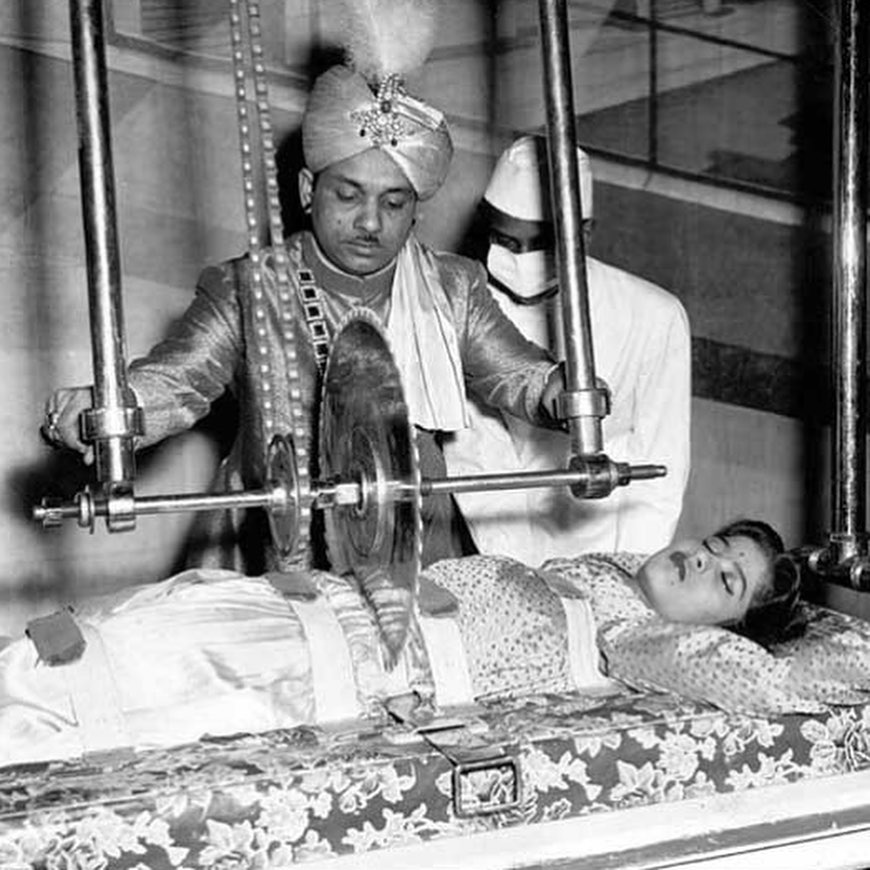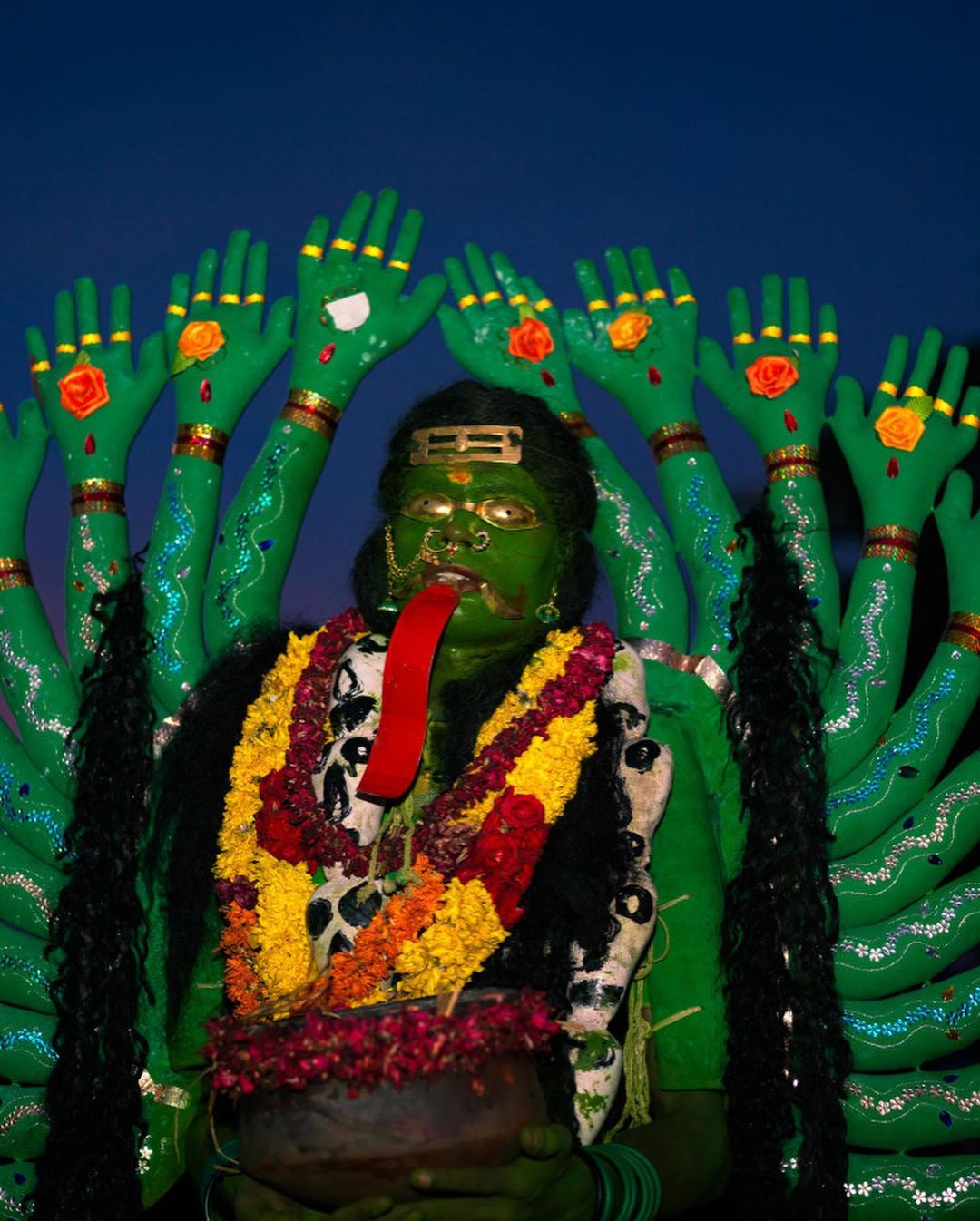The Instagram Account Exploring Expressions Of Identity & The Occult In South Asia
By Something CuratedCurated by journalist, researcher and musician Adam Jussab, Instagram archive @projectdevadasi is a trove of mesmerising visual research, exploring expressions of identity, culture, and occultism in South Asia. Spanning diverse histories and oscillating between various regions across the subcontinent, each image, or series of images, is accompanied by a thoughtful and informative caption. Recent highlights include a post about the “Maharaja of Indian Magic.” Protul Sorcar was a pioneer and maverick genius who left a mark on his field of magic, not just in India, but throughout the world. Sorcar, whose last name is a play on “sorcerer,” was born in a village near Dhaka into a family of distinguished magicians, but magic itself had gone into decline, becoming associated with the dark arts. Jussab notes, “It is PC Sorcar who restored the popularity and prestige of Indian magic by going back to ancient Sanskrit treatises. Sorcar’s houseful shows were not just about magic, but also a road show for India.”

Keep scrolling to learn about the Baiga, a forest-dwelling indigenous tribal community of central India. In the local mythologies of the region, they are often recognised as the original inhabitants of the Earth. They lived in intimacy with the elements of nature, and even at present, their everyday lives and livelihoods continue to be closely intertwined with their forest ecologies. The Baiga are also known to be extremely knowledgeable about the medicinal and healing properties of the various species of flora and fauna found in the forests of central India. In fact, it is believed that the word “Baiga” originated from the Hindi word “Vaidya,” meaning “the healer.” The Baiga tribes practice shifting cultivation in the forest areas. “They say they never ploughed the Earth, because it would be akin to scratching the breast of their Mother, and they could never ask their Mother to produce food from the same patch of earth time and time again – she would have become weakened,” Jussab explains.

Elsewhere, discover the work of Mumbai-based photographer Kriator. Each October, the quiet town of Kulasekharapatnam, in Tamil Nadu, is briefly reanimated by more than 1.5 million visitors who descend to mark the final day of the Navratri – the Hindu “Festival of Nine Nights” celebrating the triumph of Durga, goddess of war, over the shape-shifting demon, Mahishasura. The Navrati is the moment of release following nine days and nights of excitement and worship. Depending on local traditions, this can mean dancing or reflecting, feasting or fasting, exchanging gifts or giving alms. On the tenth day, called as Dussehra or Vijayadashami, revellers of all ages and genders set off for the 300-year-old Sri Mutharamman Temple at the heart of Kulasai, in a convoy that feels at once modern and ancient. In costumes ranging from the modest to the astoundingly complex, they offer prayers to the resident goddess, Mutharamman.

Another of the Instagram account’s standouts is the architectural handiwork of north-eastern Indian tribe, the Khasi. Isolated in the rainforest, they are an indigenous community who have learned to guide and weave the living roots of trees into bridges in one of the wettest places on the planet. These meticulously constructed bridges have stood for hundreds of years, and continue to grow and strengthen. Like the builders and architects of history who have never seen their work completed, the Khasi tribe in the Cherrapunji region build bridges that will likely never be used by those who made them. And for good reason, these living feats of design require several decades before they can be crossed. Carefully woven by hand, dense plant fibres are twisted and knotted, largely originating from rubber fig trees, a fast-growing tree variety with particularly strong roots.
Feature image: A living bridge built by the Khasi people. Photo: Amos Chapple (via @projectdevadasi)